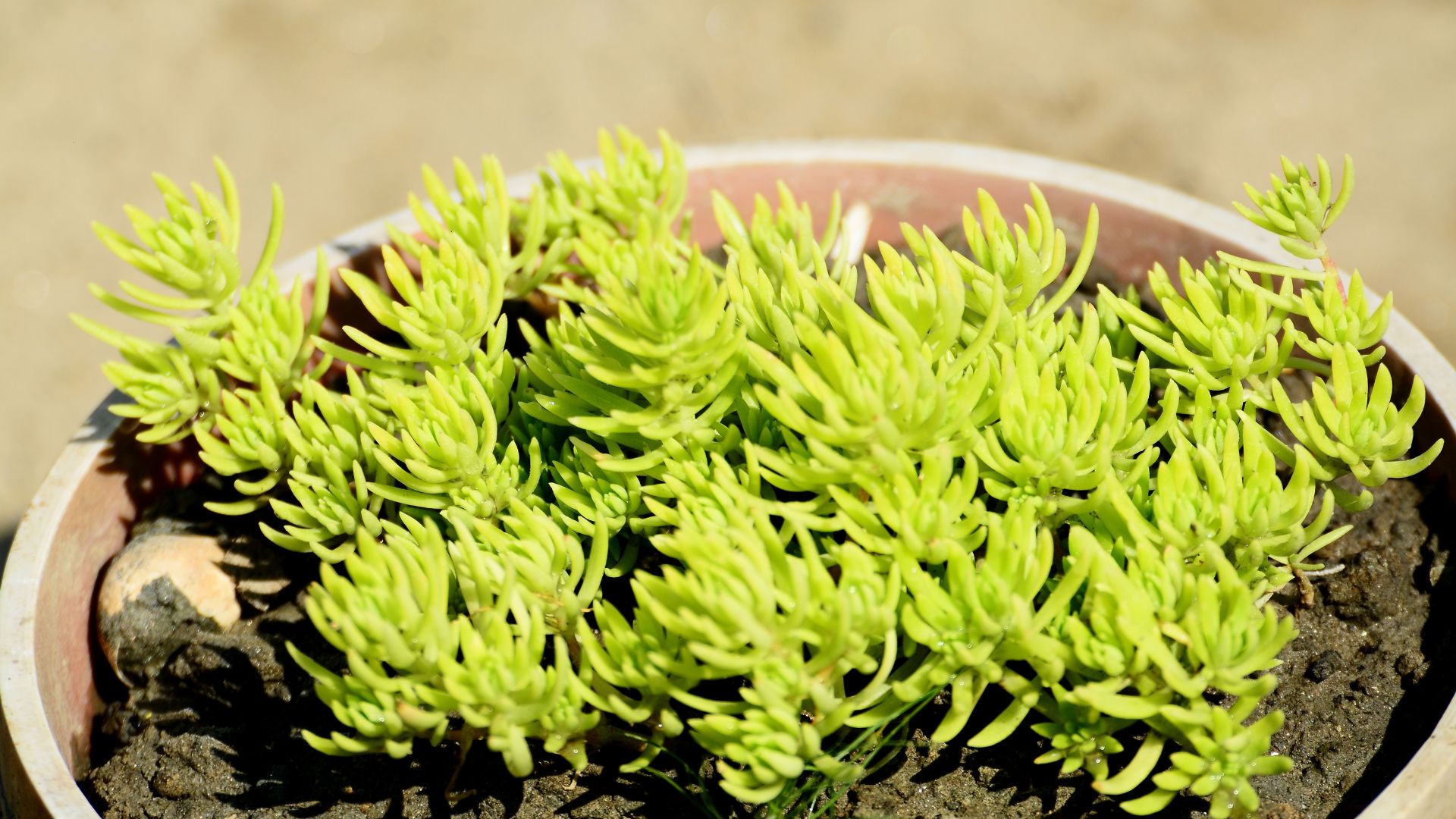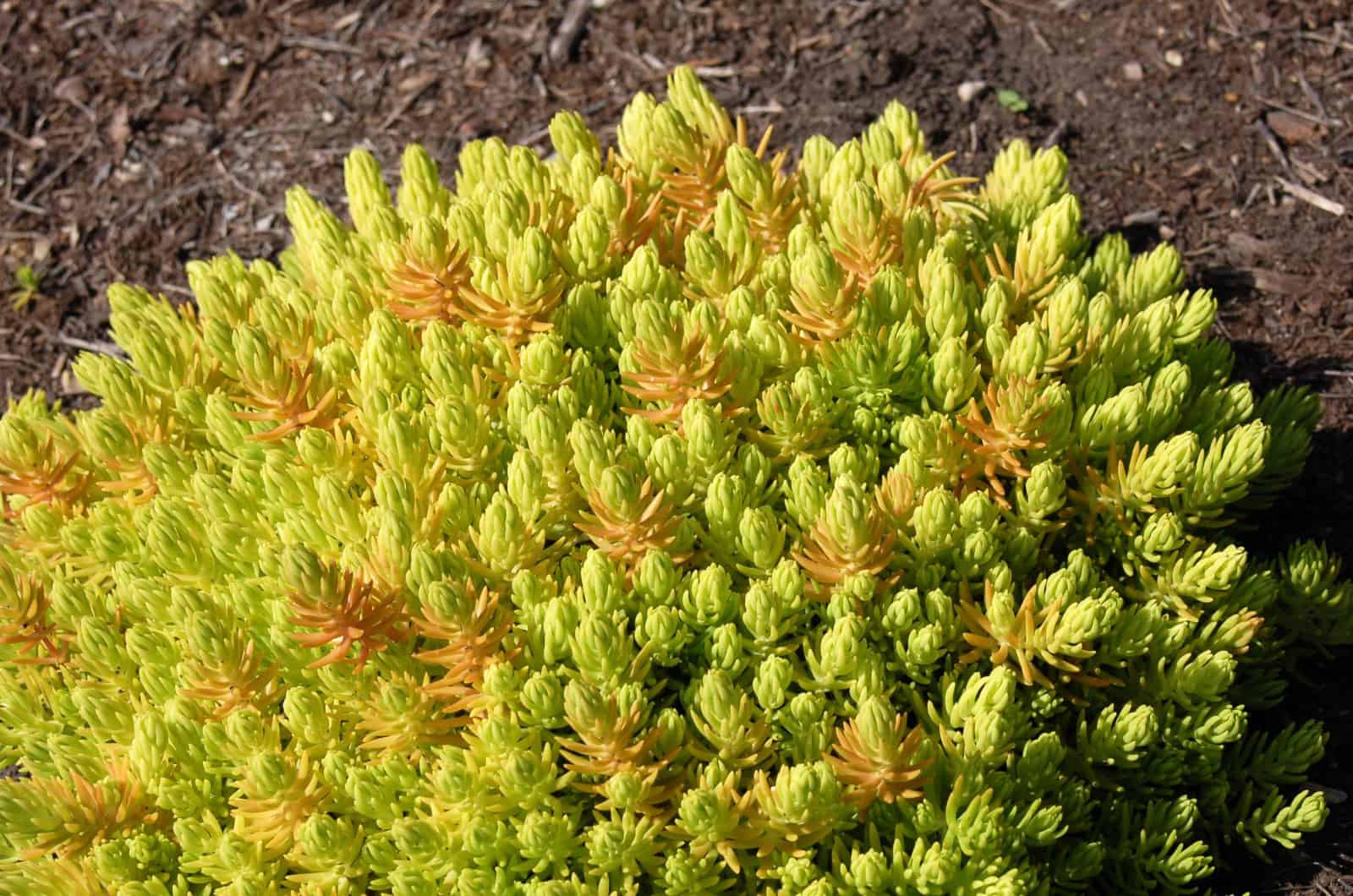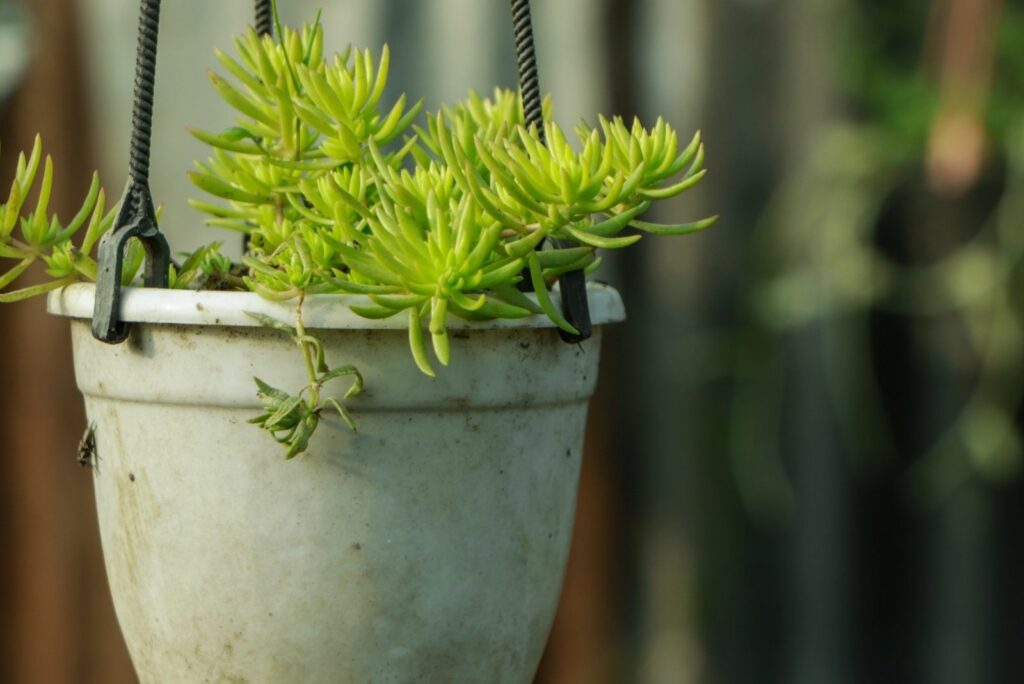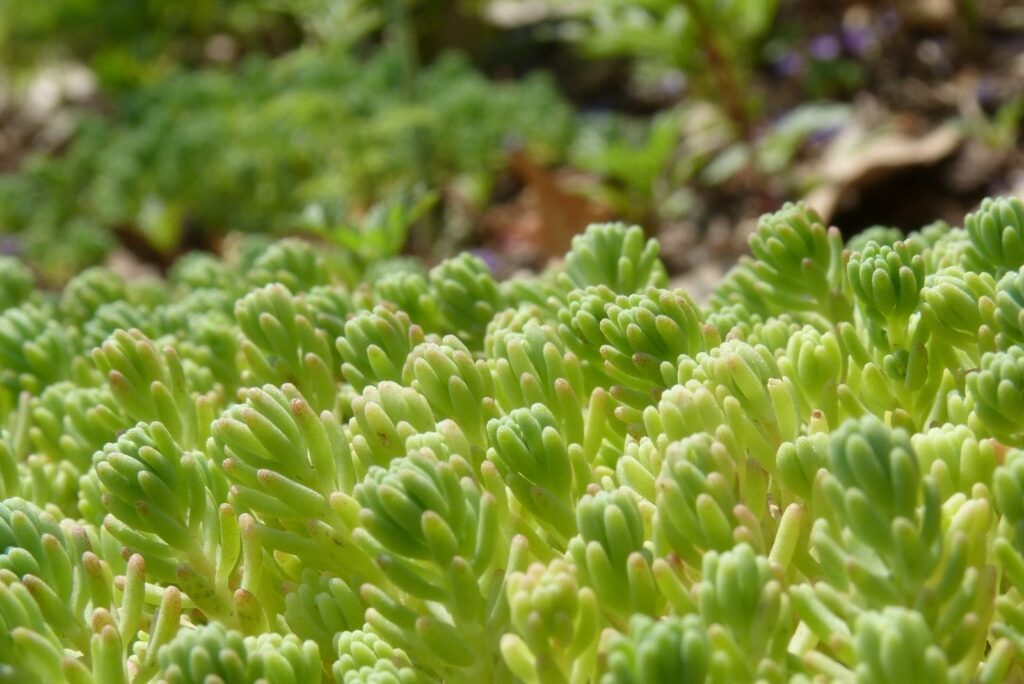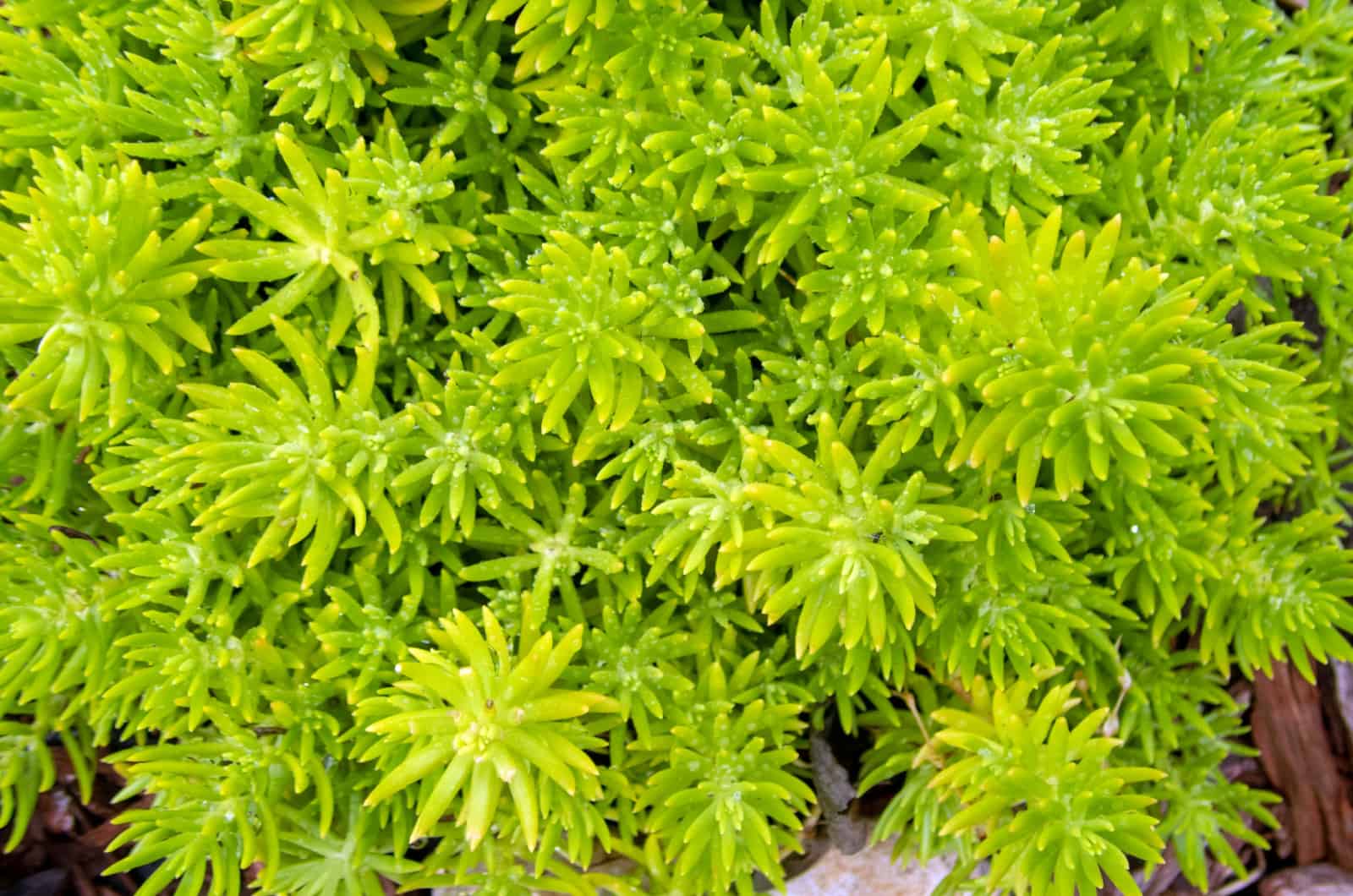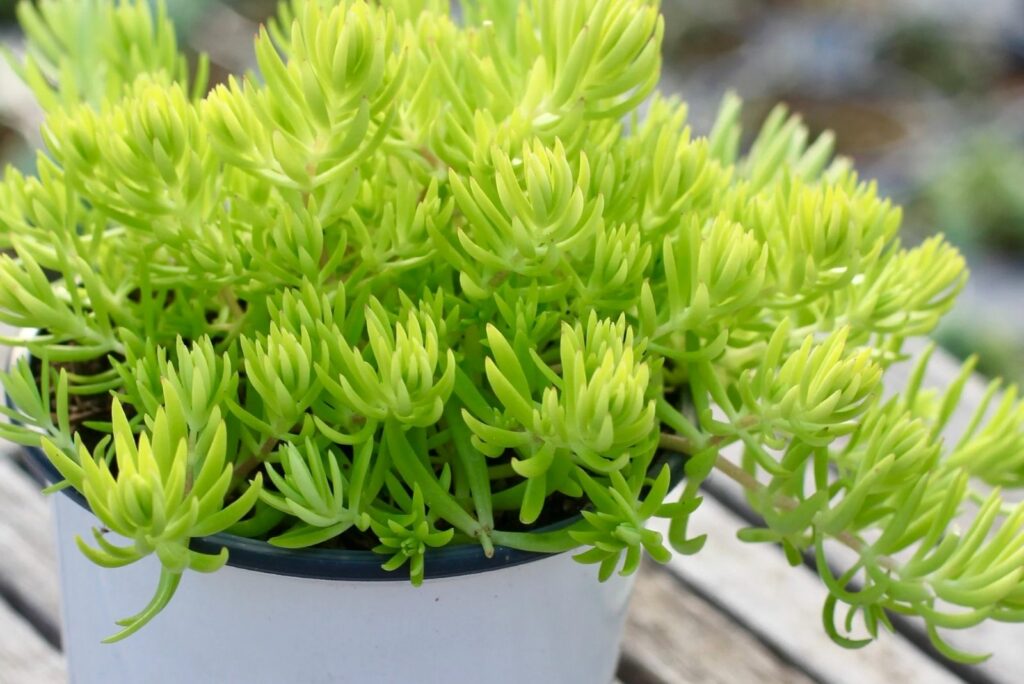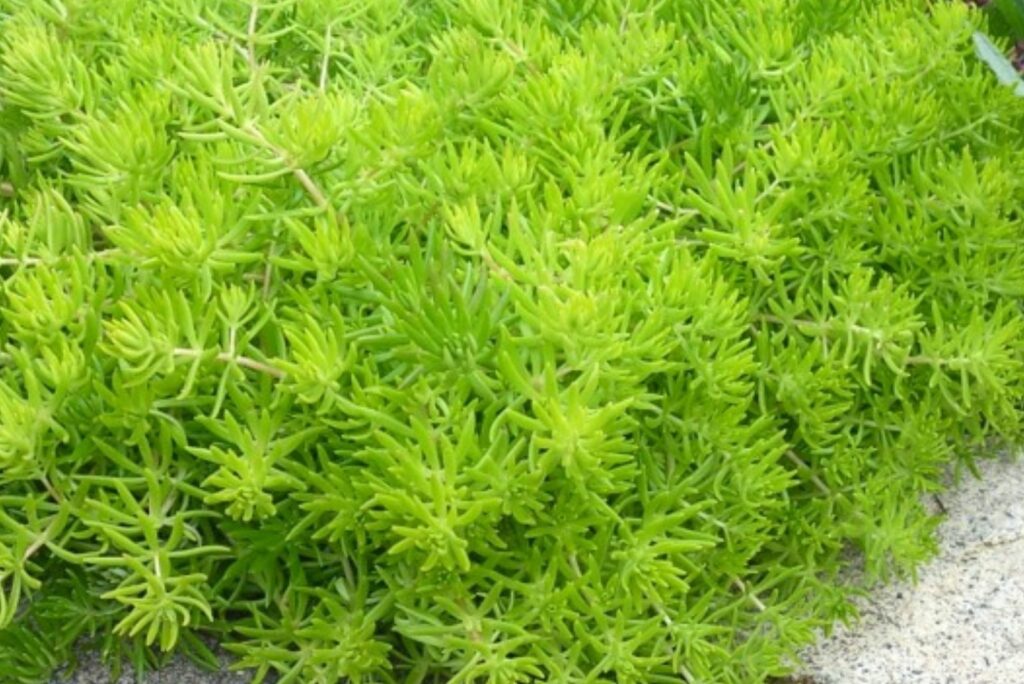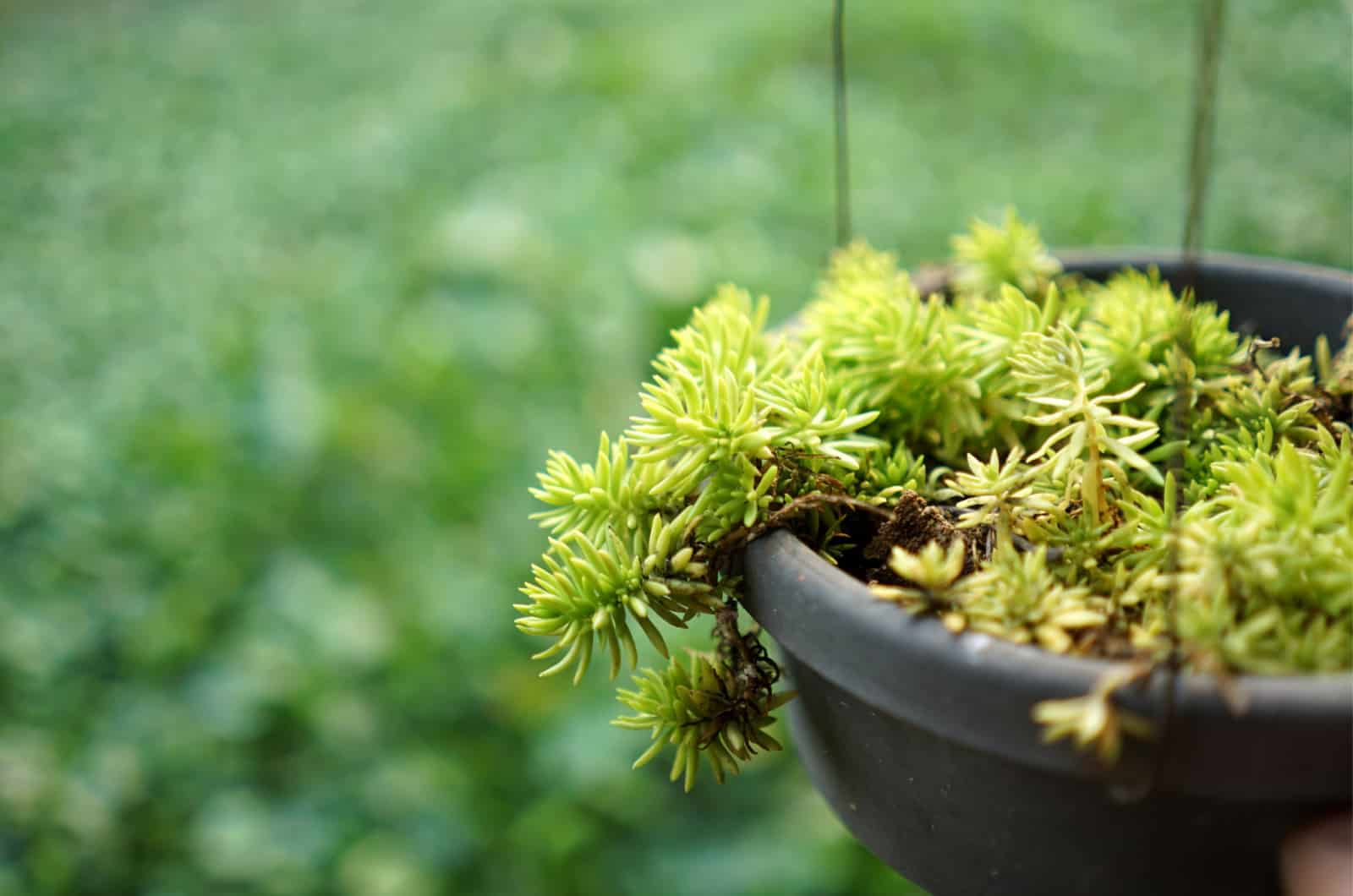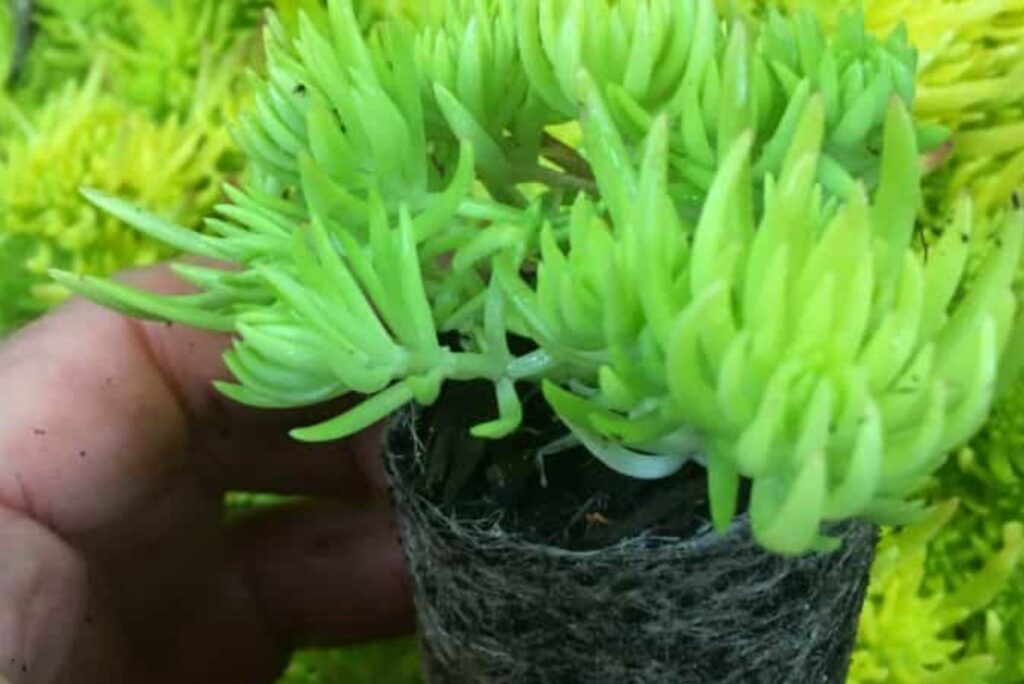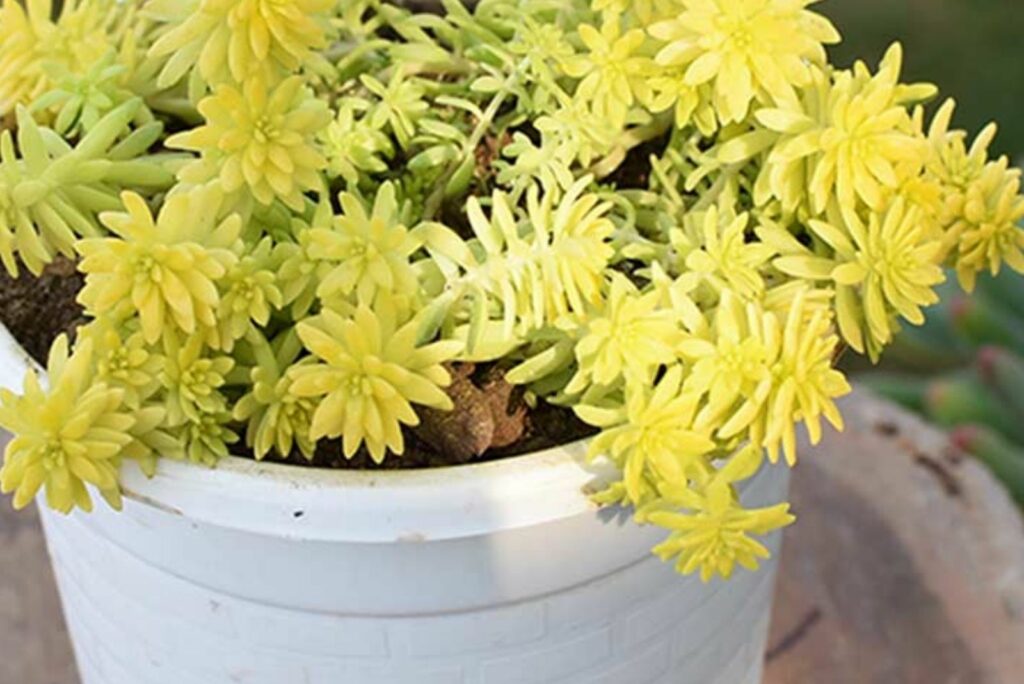Not many people seem to know about the unique-looking succulent known as the Lemon Ball Sedum!
This succulent goes by many different names, and is probably one of the rarest succulents out there!
This succulent produces bright neon foliage, which grows in clusters that look like tiny succulents. This makes it seem like you have planted a bunch of tiny succulents in one container instead of just one succulent species.
It is a low-maintenance plant that can grow almost anywhere, making it absolutely perfect for rock gardens or ground covers!
Keep reading to learn more about this special succulent.
Lemon Ball Sedum: Common Features
The Lemon Ball Sedum, also known as a Sedum rupestre, is a perennial succulent that belongs to the Crassulaceae or Stonecrops family. This succulent goes by many names, such as Reflexed Stonecrop, Stone Orpine Lemon Ball, Prick-madam, Sedum Mexicanum Lemon ball, Sedum Lemon Ball, Lemon Ball Stonecrop, and Jenny’s Stonecrop.
They can be grown as houseplants (they look absolutely stunning in hanging baskets with their bright neon foliage hanging from the air), but they are also very hardy plants, which means that they are suitable for growing outdoors.
Due to their fast-growing and sun-loving features, the Lemon Ball Sedums make a very lush and vibrant ground cover. However, it can also be used for mass plantings, xeriscapes, and landscapes — especially when combined with ornamental grasses such as the Fall Blooming Reed grass!
Stonecrop is also a great companion plant because it does not absorb a lot of nutrients, but still attracts beneficial insects and pollinators.
It is suitable for growing in hardiness USDA zones 7 to 11, though it grows hardy in zones 4 to 9. The plant is native to Mexico and Central America.
You might find them in your local garden center, and if you don’t have any luck, you can always order one online!
Plant Size & Growth
The Lemon Ball Stonecrop usually grows around 4 to 6 inches tall, though mature heights can reach around 1 foot tall. Each plant spreads about 10 to 18 inches wide, so you must be careful with spacing when planting this succulent.
The clusters should be separated by at least 10 inches so that they have enough space to spread their fleshy, green-yellowish leaves.
They have a very fast growth rate and they spread easily, which is why they are ideal plants for ground cover.
Foliage & Flowers
Sadly, they won’t produce lemons!
They got their name because their foliage has a lemon-lime color, just like the Lemon lime philodendron.
With their fleshy, vibrant green-yellowish leaves, they make a great addition to any garden or home, especially if you want to brighten up your indoor space.
The Sedum Lemon Ball also produces beautiful star-shaped flowers that are bright yellow and combine perfectly with the foliage. These plants usually start blooming in the late spring or early summer.
Their distinctive fragrance will attract hummingbirds, bees, and butterflies!
Due to all of these features, the Lemon Ball Sedum looks a lot like the Lemon Coral plant or the “Angelina” species, though they cannot take the heat as well as the Lemon Ball.
How To Take Care Of A Lemon Ball
When it comes to caring for the Lemon Ball Sedum, it is quite simple — you don’t have to worry about constant watering, sunburn, or nutrient deficiencies!
We’ll still take a look at a brief care guide for this plant because it still has some basic growing requirements.
Water Requirements
One of the best features of the Lemon Ball Sedum is that it is drought-tolerant and actually prefers dry soil. Therefore, you won’t have to water it every single day.
You should water it once the soil has completely dried out.
One of the issues that comes from the water requirements is overwatering. If you keep watering these plants too frequently, they will turn yellow and eventually die.
Soil & Fertilizer Requirements
The Sedum Lemon Ball thrives in well-drained soil with pH levels around 6.5. However, they can grow perfectly well in poor soils that are a bit acidic or alkaline. If you grow the plant in sandy soil, you will have to water it more often because this type of soil does not retain moisture.
Make sure that the pot has drainage holes in the bottom because they are crucial for draining excess water and preventing root rot.
You can apply granular fertilizers once a year.
Light & Temperature Requirements
They absolutely love full sun and warm temperatures. However, Stonecrops can also tolerate partial shade.
They need at least 6 hours of part sun; however, they won’t grow as vigorously as they would in the full sun. These plants are also known for tolerating very hot temperatures.
Pruning & Propagating
The best way to propagate this succulent is by using a stem cutting in the early summer. You can also prune the plant to maintain its unique shape, though I usually only trim off the dead foliage.
Common Issues With Lemon Ball Sedum
You won’t have any major issues when it comes to pests and diseases because these plants are very pest-resistant. The main issue is overwatering, which is usually accompanied by root rot — a deadly fungal disease caused by wet soil.
To Sum Up
The Lemon Ball Sedum is definitely a plant that deserves to be in your garden, especially if you are a newbie who is just entering the gardening world.
Keep them in full sun, provide them with well-draining soil, and water them once the soil completely dries out — this is all it takes to keep these precious plants alive!
I hope this article was helpful, have a plant-tastic day!
Like this post? Share or pin it for later!

